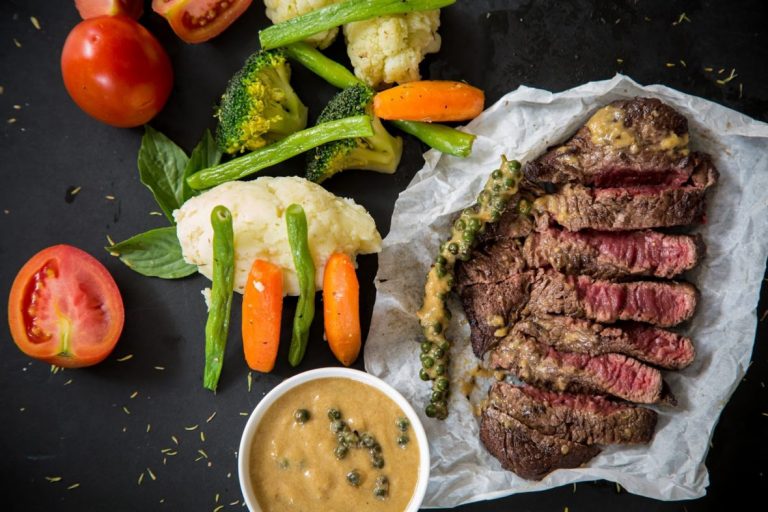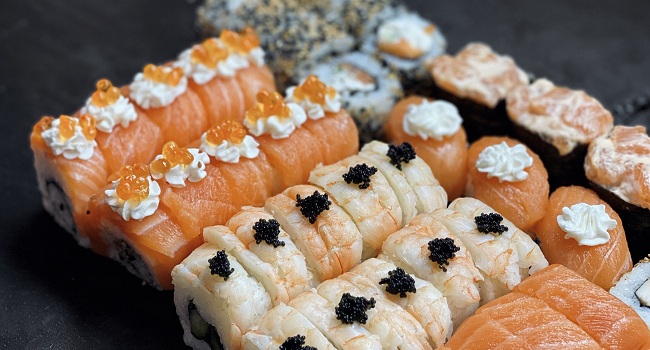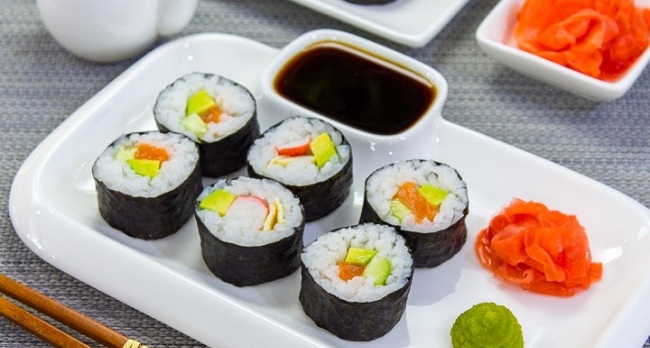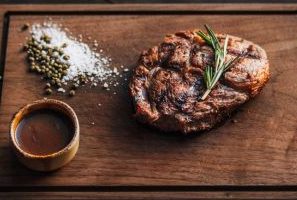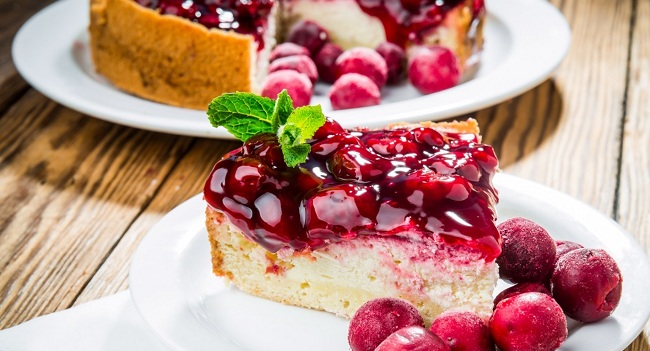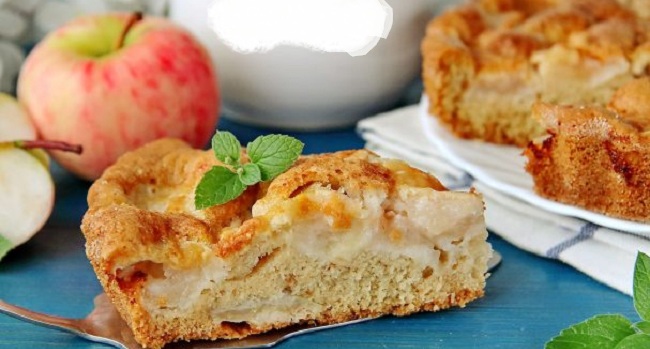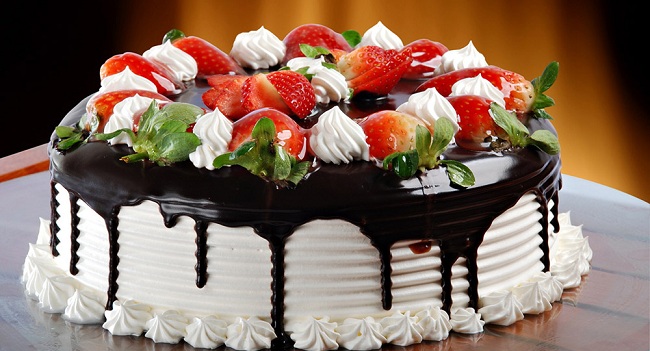With these tips, you will have the most delicious sushi ever!
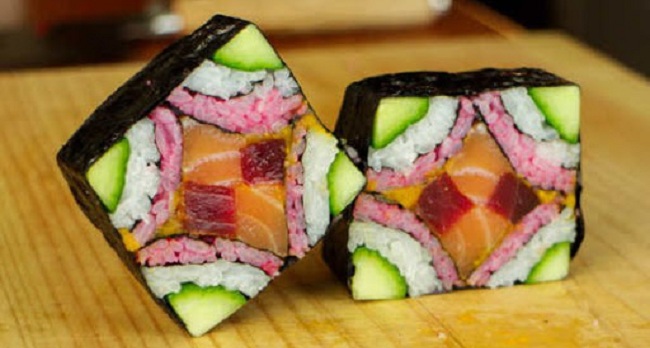
- Moisten the fish with a damp cloth to make it easier to remove the scales. Holding the fish head firmly, scrape off the scales with a knife or grater in the direction from the tail to the head.
- Do the same for the other side of the fish. When cutting fish, always hold it by the head or tail. Place the fish belly towards you with the head on the left side. Peel back the fin with a knife and cut deeply into the flesh at the edges of the gill covers towards the pelvic fin until you cut the spine. Separate the head, then remove the insides.
- Then rinse the fish thoroughly in salted water, especially you gutted abdominal cavity. Dry the fish with a cloth. Place the fish obliquely on a cutting board with the tail facing you so that the belly is facing to the right. Cut from the pelvic fin to the tail. Flip those fish. Along the back of the carcass, cut the flesh to the ribs from right to left.
- Flip the fish to the other side along the axis. Use the edge of a knife to cut through the flesh at the edges of the bones that form the rib cage. Separate the body from the carcass. Flip the fish bones down and separate the flesh from the spine from the tail to the head.
- Flip the fish axially to the other side. Separate the flesh from the spine at the base of the tail. Free the body. Remove the remaining rib bones from the fillet.
- Place the body on a cutting board, skin side down, with the tail piece to your left. Make an incision at the base of the tail, grab the skin with your left hand, insert a knife between the skin and the flesh and use a sawing motion to separate the skin from the flesh.
- Use tongs to remove the remaining bones in the meat.
- If the body is too long, cut it in half along the line of the spine.

